|
History of Photography in Edinburgh |
||||
|
1 |
2 |
3 |
4 |
5 |
|
History of Photography in Edinburgh Talk at Old Edinburgh Club 13 November 2013 |
|
|
Engravings
3. © Copyright: For permission to reproduce, please contact peter.stubbs@edinphoto.org.uk 1890 Even fifty years after the discovery of photography was announced, engravings were being used in books such as 'Old and New Edinburgh', published in 1890. © Reproduced by courtesy of Jenny Parkerson
© For permission to reproduce, please contact peter.stubbs@edinphoto.org.uk
___________________________________
Until fairly recently, photography was regarded as having begun about 1839. However, there were experiments by a few individuals in earlier years. The main problem was not in creating the image through the use of chemicals, but in finding a way to 'fix' the image, i.e. to prevent it from fading quickly on exposure to light. Here are two individuals who experimented with photography long before 1839: Wedgwood Thomas Wedgwood (1778-1829) was born into a family of pottery manufacturers from Staffordshire, England. In the early 1790s, he attempted to print photographs on materials including ceramic, glass, paper and white leather, believing that if he could produce photos, these could be useful in his education of young people. Chemist, Humphry Davy wrote up Wedgwood's experiments in a Paper for The Royal Institution in London in 1802. David Brewster published an account of this Paper in The Edinburgh Magazine in December 1802. Professor Larry J Schaaf believes that Davy may in fact have been successful in finding a way to 'fix' some of his images. If so, this would give him a far more prominent position in the history of photography. Niépce Joseph Nicéphore Niépce (1765-1833) was son of a wealthy lawyer. He served in the French army under Napoleon, then became Administrator of the district of Nice. From 1795, he devoted his life to scientific research. With his brother, Claude, he invented and patented then developed what was probably the world's first internal combustion engine. He experimented with photography in the mid-1820s. The earliest of his photos to survive is a view of rooftops from his window. It was an 8-hour exposure taken in 1826. This was on pewter, coated with bitumen disolved in lavender oil. Niépce continued to experiment, and corroborated with Daguerre from 1829 until Niépce died in 1833. Daguerre went on to invent the Daguerreotype, a process that he sold to the French Government in 1839. The French Government paid a pension of 6,000 Franks pa to Daguerre, and also made a payment of 4,000 Franks pa to Niépce's estate in recognition of the part that Niépce had played in this invention. ___________________________________ Photography Talbot and Daguerre 1839 Talbot
Photography Announced
The Latticed Window (Talbot) A print from the oldest photographic negative in existence
©
Reproduced from the National Museum of Photography,
Film and
Television collection, Edinburgh
Holyrood Abbey, Edinburgh (Daguerre) An oil painting ©
Reproduced
by courtesy of
The Board of Trustees of the National Museums & Galleries
_________________________________ Reaction in Edinburgh
Edinburgh Exhibitions 1st Exhibition
2nd Exhibition
Talbot's work was included in this exhibition. Daguerre also exhibited in Edinburgh; I assume this would have been at the same exhibition. This Exhibition attracted over 50,000 visitors. _________________________________ Reaction in St Andrews
1. Thomas Rodger Sen. dressed in Newhaven Fishwives' costume. © Reproduced by courtesy of St Andrews University Library A LB49-11
2. Thomas Rodger Sen. "Playing the Bellows" seated beside Hungarian violinist, Edouard Remeny. © Reproduced by courtesy of St Andrews University Library ALB49-12
|
End of Page 2
|
History of Photography in Edinburgh |
||||
|
1 |
2 |
3 |
4 |
5 |
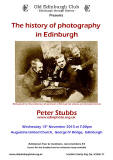
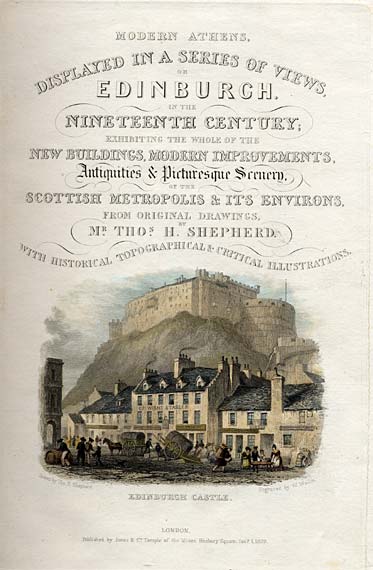
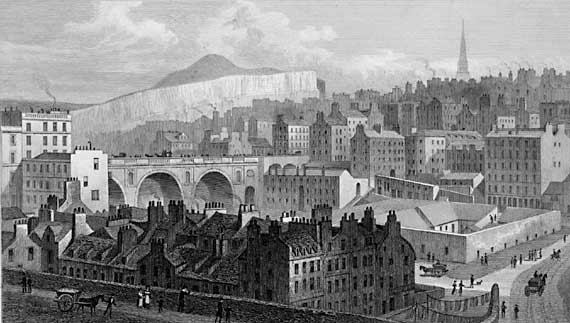


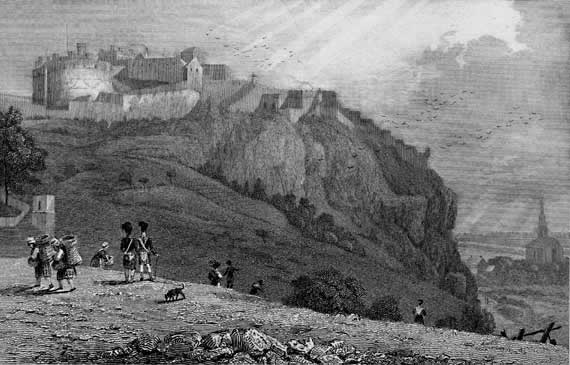
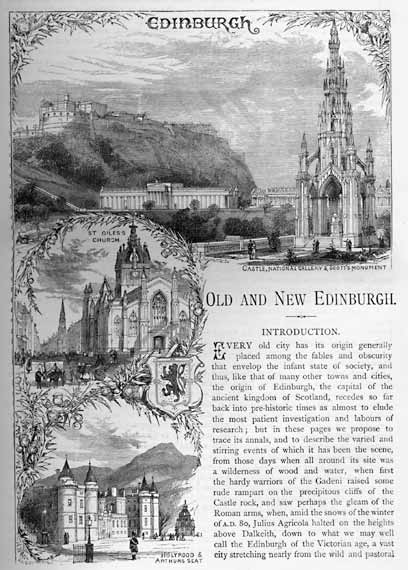
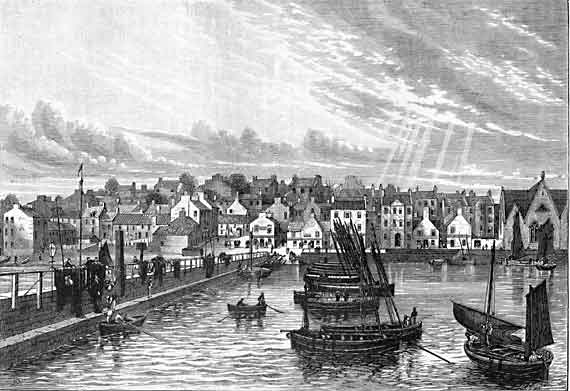
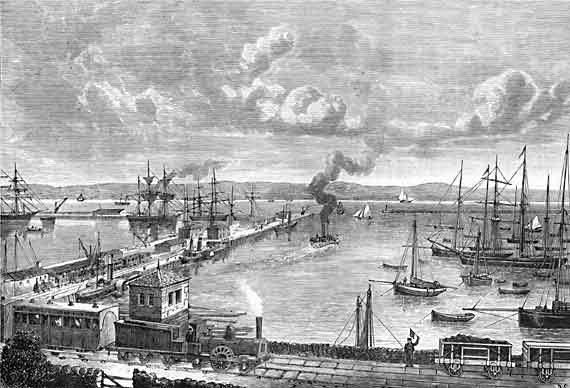
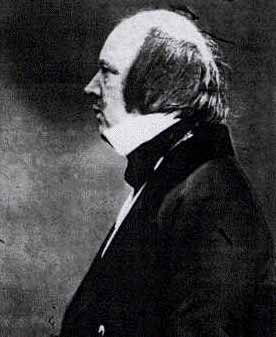


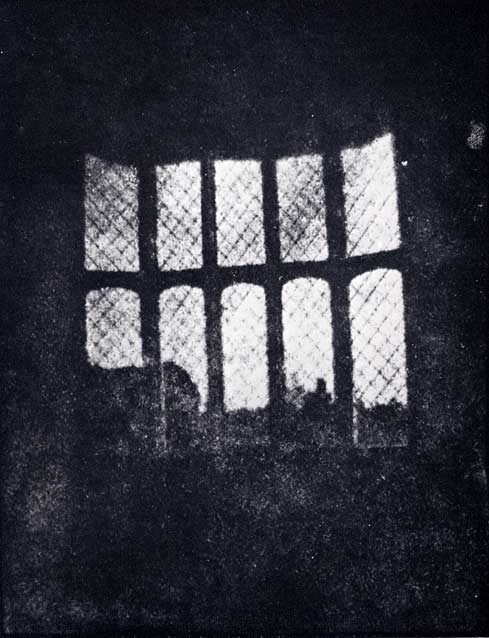
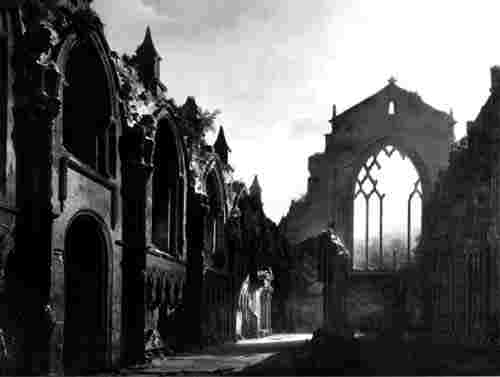
![Thomas Rodger [sen.] - dressed in Newhaven Fishwives' costume.](../0_P/0_photographers_rodger_senior_in_fishwives_costume.jpg)
![Thomas Rodger [sen.] - Playing the bellows" seated beside the Hungarian violinist, Edouard Remeny.](../0_P/0_photographers_rodger_playing_the_bellows.jpg)